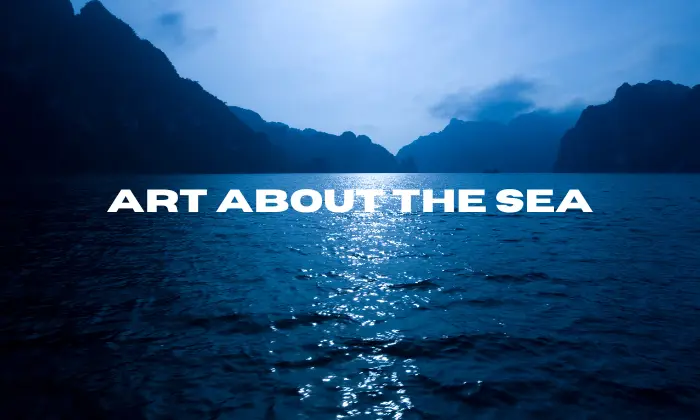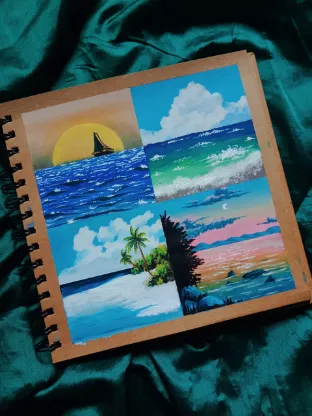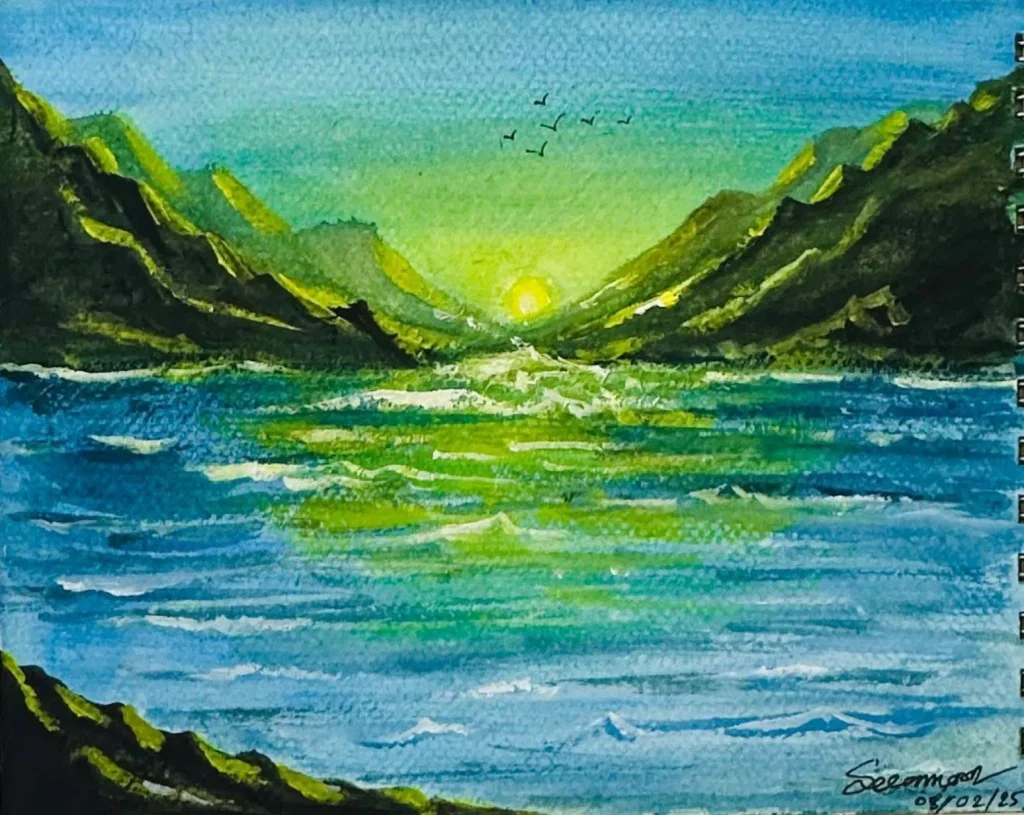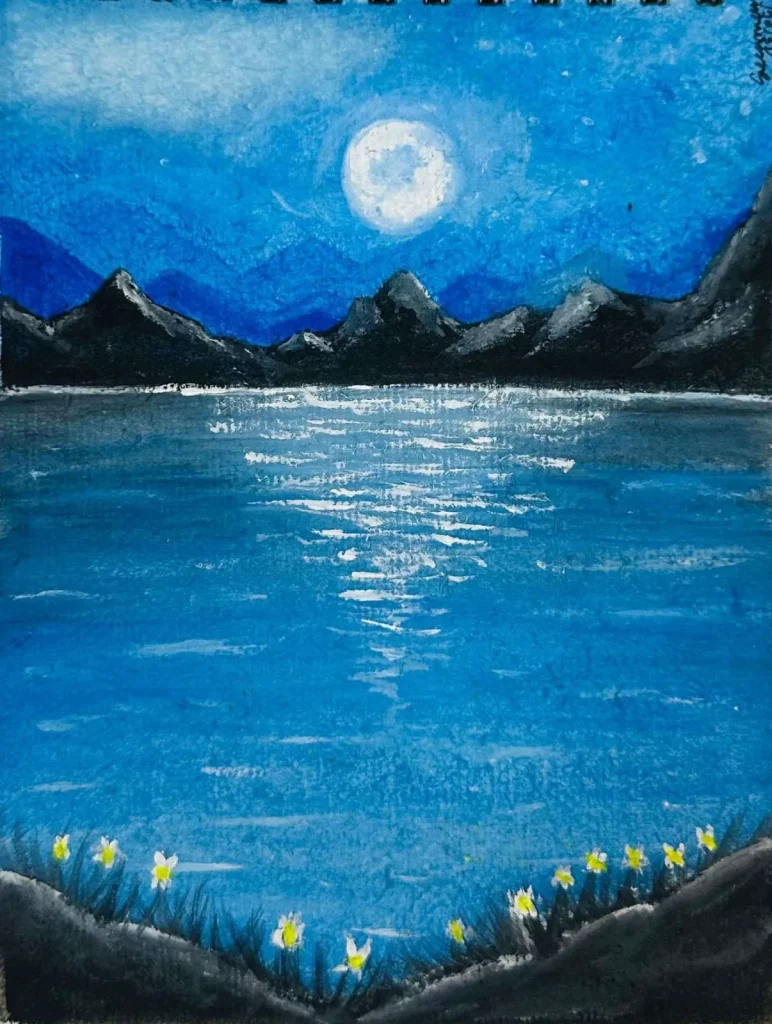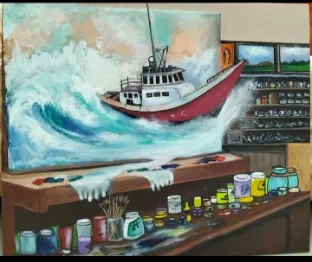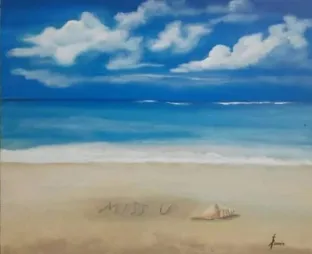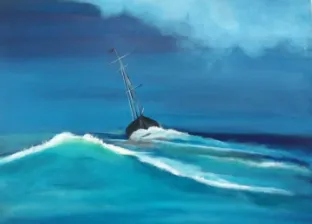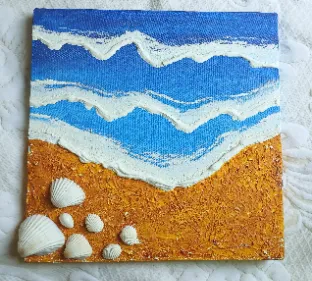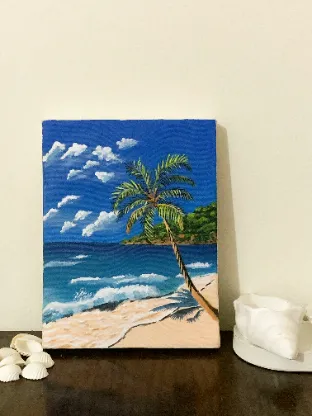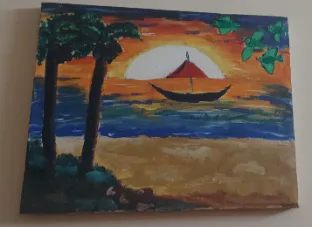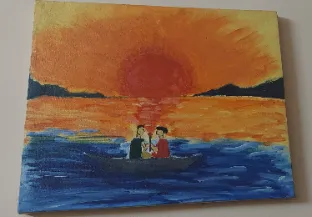Art About the Sea: A Timeless Dialogue Between Nature and Creativity
The sea has long been a source of mystery, inspiration, and beauty for artists around the world. From ancient mariners carving symbols on driftwood to contemporary painters capturing waves on canvas, art about the sea has endured as a powerful expression of human fascination with the ocean. This artistic focus spans cultures, time periods, and mediums, connecting us all through the shared experience of the sea’s grandeur.
Why the Sea Captivates Artists
The sea is more than just a body of water—it’s a symbol of life, depth, transformation, and the unknown. Its constant movement, changing colors, and unpredictable nature mirror human emotion and experience.
Artists are drawn to the sea for many reasons:
- Aesthetic beauty: The interplay of light on water, the textures of waves, and the fluidity of motion offer endless visual inspiration.
- Emotional resonance: The sea art can evoke calm, danger, mystery, or freedom—all themes rich for artistic exploration.
- Symbolic meaning: In many cultures, the sea represents rebirth, mystery, depth, and the subconscious.
Whether abstract or representational, sea-inspired art often becomes a bridge between nature and human introspection.
Historical Perspectives on Sea Art
Ancient Civilizations
In ancient times, the sea was both a life-giver and a threat. Maritime civilizations like the Greeks, Phoenicians, and Egyptians often depicted the sea in art to show power, mythology, or trade routes. Vases, mosaics, and sculptures frequently portrayed sea gods like Poseidon or Neptune, sea monsters, and boats braving the waves.
Renaissance and Baroque Eras
Artists during the Renaissance brought the sea to life with greater realism and drama. Painters like Jan van Goyen and Ludolf Bakhuizen captured storms, ships, and harbors in their seascapes. In this era, the sea symbolized both exploration and divine power.
The Dutch Golden Age was particularly rich in maritime art, as the Netherlands was a dominant sea power. Artworks often featured bustling ports, naval battles, and merchant ships—celebrating commerce and nationalism.
Romanticism and the Sublime
The 18th and 19th centuries saw a shift toward romantic and emotional depictions of the sea. British painter J.M.W. Turner is famous for his dramatic, almost abstract interpretations of stormy seas and burning ships. His work portrayed nature’s overwhelming power and man’s vulnerability—a key theme in Romanticism.
Modern and Contemporary Sea Art
As art movements evolved, so did the interpretation of the sea. No longer just a visual subject, the sea began to be explored through concepts, experiences, and experimental mediums.
Impressionism and Beyond
Artists like Claude Monet explored the sea with a focus on light and atmosphere. His series on the Normandy coast and Venice reflected the shimmering surface and changing sky with dabs of color and impressionistic flair.
Later, expressionists and surrealists used the sea to express inner turmoil, mystery, or subconscious fears—such as in the works of Salvador Dalí or Edvard Munch.
Contemporary Installations and Mixed Media
In the 20th and 21st centuries, sea art expanded beyond canvas. Contemporary artists like:
- Tara Donovan used ocean materials like plastic to comment on pollution.
- Olafur Eliasson created immersive experiences that mimic the atmosphere of the ocean.
- Jason deCaires Taylor, an underwater sculptor, places his works on ocean floors to encourage coral growth and awareness of marine ecosystems.
Today’s sea art often addresses pressing issues like climate change, plastic pollution, and rising sea levels, blending beauty with activism.
Themes in Sea-Inspired Art
1. Freedom and Escape
Many artists depict the sea as a symbol of freedom, travel, and boundless opportunity. It represents an escape from the ordinary and the possibility of discovering something new.
2. Chaos and Danger
Stormy seas, shipwrecks, and tidal waves convey fear, uncertainty, and the overwhelming power of nature. These works often reflect internal or societal conflicts.
3. Peace and Tranquility
Soft waves, sunsets, and calm seas offer a meditative, soothing quality. These scenes are popular in both fine art and commercial art for their universal calming effect.
4. Environmental Awareness
Modern sea art increasingly addresses ecological issues. From oil spills to overfishing, artists use their platforms to advocate for marine conservation and educate audiences on ocean health.
Mediums of Sea Art
The medium often enhances the message in sea-inspired art:
- Painting: Oils and acrylics can capture the texture and movement of water.
- Photography: Underwater and coastal photography showcase the real-time beauty of the sea.
- Sculpture: Materials like driftwood, shells, or recycled ocean plastics add texture and context.
- Digital art: Virtual and augmented reality are now being used to create immersive sea experiences.
- Installation art: Artists create entire environments that mimic marine life or oceanscapes, sometimes even underwater.
Cultural Representations of the Sea
Different cultures interpret the sea through unique lenses:
- Japanese art (e.g., Hokusai’s The Great Wave off Kanagawa) often portrays the sea with both aesthetic beauty and cultural symbolism.
- Pacific Islander art focuses on the sea as a vital life source and spiritual guide.
- African coastal art may integrate patterns, symbols, and colors tied to fishing communities and seafaring traditions.
- Western art tends to swing between romantic awe and scientific observation of the sea.
These cultural lenses provide a rich, global perspective on how the sea is understood and honored through art.
The Role of the Sea in Abstract and Conceptual Art
Not all sea art is literal. Many artists use abstract forms to capture the essence of the sea—its rhythm, depth, or emotional weight. Abstract waves, color fields that evoke the ocean’s palette, or conceptual pieces about tides and currents challenge viewers to experience the sea in new ways.
Why Sea Art Still Matters
In a world increasingly disconnected from nature, sea-inspired art reminds us of our place in the natural world. It fosters appreciation, respect, and a deeper understanding of the oceans that cover more than 70% of our planet.
It also plays a critical role in environmental storytelling. Art can communicate the urgency of protecting marine life more emotionally and powerfully than data or statistics.
Conclusion: The Eternal Muse
Art about the sea has been, and continues to be, a timeless muse for human expression. From the tranquil to the terrifying, from the realistic to the abstract, the ocean’s voice echoes through brushstrokes, sculptures, and digital waves. As artists continue to engage with the sea—not only as a subject but as a collaborator and teacher—we are invited to look deeper into its depths and into ourselves.
Whether you live near the shore or in a landlocked city, the sea’s influence on art connects us all to something larger, wilder, and wonderfully infinite.
Popular Art work on sea
![]()

